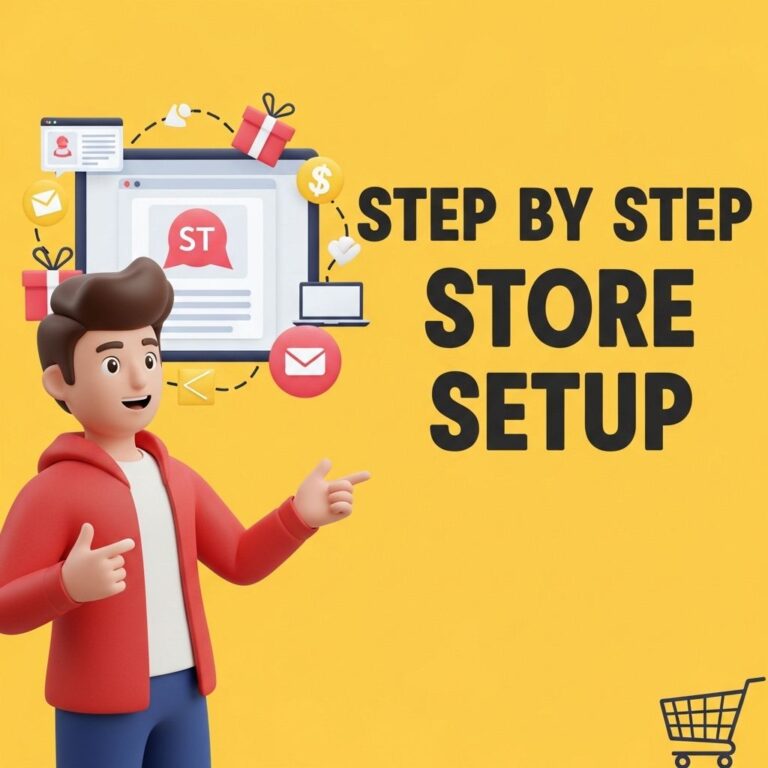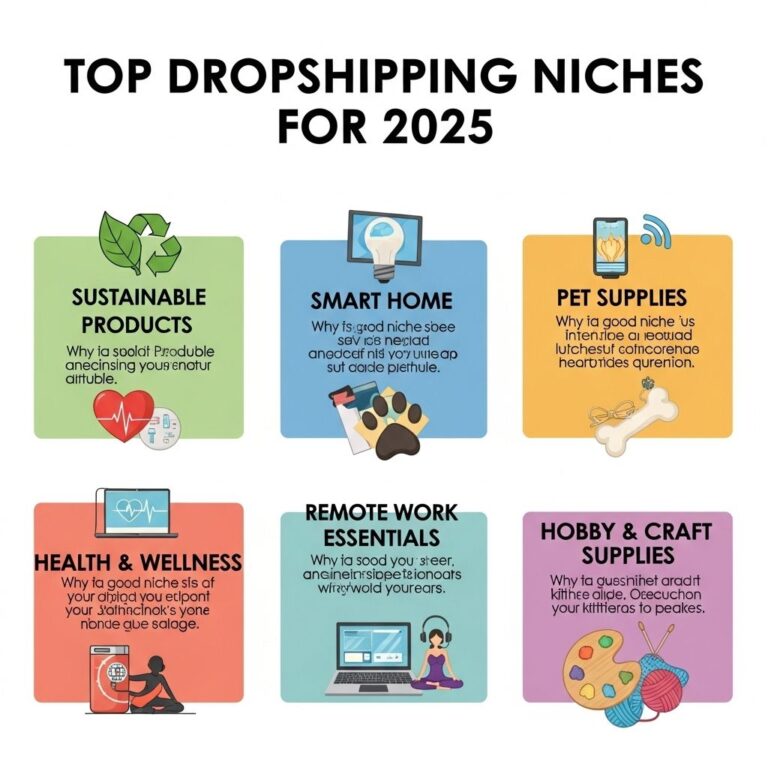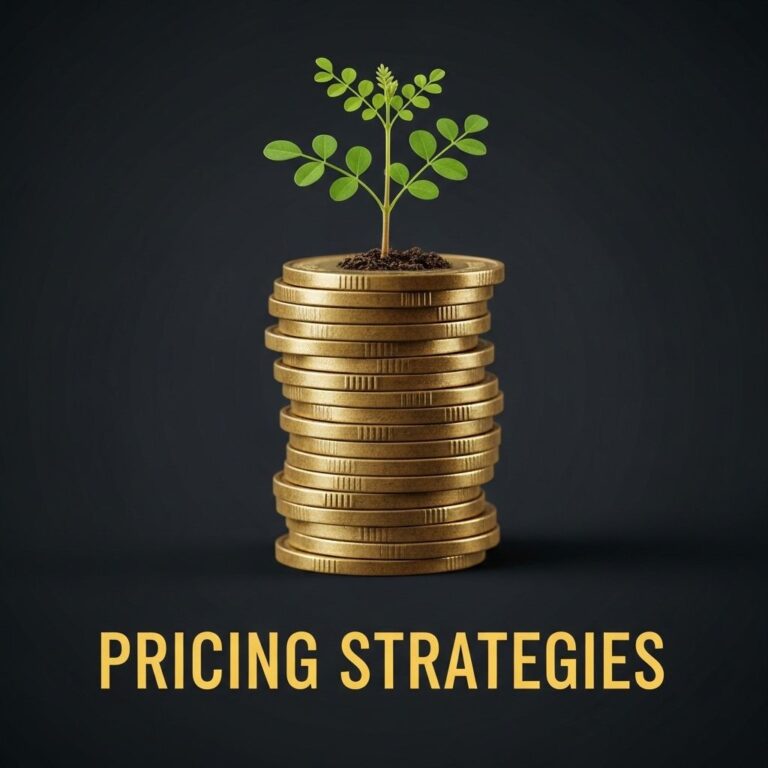Starting an online store has never been more accessible, especially with platforms like Shopify making it easier than ever for entrepreneurs to launch their businesses. As we approach 2025, understanding the latest trends, tools, and strategies for e-commerce can give you a competitive edge. In this guide, we will walk you through the essential steps to successfully start a Shopify store, from initial planning to launching your site and driving traffic.
Table of Contents
Understanding Your Niche
Before diving into the technical aspects of setting up your Shopify store, it’s vital to identify your niche. Your niche not only defines what you sell but also your target audience. Here are some steps to help you find your niche:
Market Research
- Analyze current e-commerce trends using tools like Google Trends or Trend Hunter.
- Identify gaps in the market by exploring competitor stores.
- Gather feedback from potential customers through surveys or social media.
Defining Your Target Audience
Understanding who your customers are is crucial for tailoring your marketing strategy. Consider demographics such as age, gender, income level, and interests. Building buyer personas can be helpful in visualizing your ideal customers.
Setting Up Your Shopify Account
Once you have a clear understanding of your niche and target audience, it’s time to set up your Shopify account. Follow these steps:
- Visit the Shopify website and sign up for a free trial.
- Choose a theme that aligns with your brand identity.
- Customize your store layout, colors, and fonts to create a unique look.
Selecting a Domain Name
Your domain name is your online address, and it plays a significant role in branding. When choosing a domain name:
- Keep it short and memorable.
- Use keywords relevant to your niche.
- Avoid numbers and special characters.
Product Sourcing and Management
With your Shopify account set up, it’s time to focus on product sourcing and management. Depending on your business model, you can choose to:
Sell Physical Products
Consider these options for sourcing products:
- Manufacturing: Create your products in-house.
- Wholesale: Purchase products in bulk from suppliers.
- Dropshipping: Partner with suppliers who handle inventory and shipping.
Digital Products
If you plan to sell digital products such as eBooks, courses, or software:
- Ensure you have the right licensing for any media used.
- Provide high-quality content for better customer experience.
Creating Product Listings
Your product listings can make or break a sale. Here are some best practices for creating compelling listings:
Writing Descriptions
Write clear, concise, and engaging product descriptions. Focus on:
- Benefits: Highlight what sets your product apart.
- Features: Include specifications and details.
- SEO: Incorporate relevant keywords for better visibility.
Product Photography
High-quality images are essential for online shopping. Use the following tips for product photography:
- Invest in good lighting and a simple background.
- Showcase products from multiple angles.
- Include lifestyle images to demonstrate product use.
Setting Up Payment and Shipping Options
To facilitate transactions on your Shopify store, you need to set up payment and shipping options:
Payment Gateways
Shopify supports various payment methods. Consider including:
- Credit and Debit Cards
- PayPal
- Shopify Payments (for seamless processing)
Shipping Strategies
Shipping can significantly impact customer satisfaction. Here are some strategies:
- Free Shipping: Offer free shipping over a certain amount.
- Flat Rate Shipping: Charge a standard fee regardless of the destination.
- Real-Time Carrier Rates: Integrate with carriers to provide real-time shipping costs.
Marketing Your Shopify Store
Once your store is live, the next step is to drive traffic and convert visitors into customers. Here are effective marketing strategies:
Search Engine Optimization (SEO)
Optimize your store for search engines by:
- Using relevant keywords in product descriptions and meta tags.
- Creating quality blog content to drive traffic.
- Building backlinks to improve domain authority.
Social Media Marketing
Leverage social media platforms to connect with your audience:
- Share engaging content that showcases your products.
- Use ads to target specific demographics.
- Engage with your followers through comments and messages.
Email Marketing
Build an email list to nurture customer relationships:
- Offer discounts or free resources for signing up.
- Send regular newsletters and promotional emails.
- Automate follow-up emails for abandoned carts.
Analyzing Performance
After launching your Shopify store, it’s crucial to keep track of its performance. Utilize analytics tools to measure success:
Key Performance Indicators (KPIs)
| KPI | Description |
|---|---|
| Traffic | The number of visitors to your store. |
| Conversion Rate | Percentage of visitors who make a purchase. |
| Average Order Value (AOV) | The average amount spent per transaction. |
| Customer Retention Rate | The percentage of customers who return to make a purchase. |
Continuous Improvement
Launching your Shopify store is just the beginning. Continuously improve your store by:
- Gathering customer feedback and reviews.
- Regularly updating your product offerings.
- Staying informed about industry trends and adapting as necessary.
With the right strategies and a commitment to excellence, you can build a successful Shopify store in 2025 and beyond. Take the time to plan, execute, and refine your approach, and you’ll be on your way to e-commerce success.
FAQ
What are the first steps to start a Shopify store in 2025?
To start a Shopify store in 2025, begin by signing up for a Shopify account, choosing your store name, and selecting a suitable plan. Next, customize your store’s design, add products, set up payment gateways, and configure shipping options.
What are the best practices for choosing products to sell on Shopify in 2025?
Research trending products, identify your target market, and consider niche markets. Use tools like Google Trends and social media insights to understand consumer behavior and preferences.
How can I market my Shopify store effectively in 2025?
Utilize a combination of SEO, social media marketing, email marketing, and paid advertising. Create engaging content, optimize your product listings, and consider influencer partnerships to increase visibility.
What payment options should I offer in my Shopify store in 2025?
In 2025, consider offering a variety of payment options including credit/debit cards, digital wallets like PayPal and Apple Pay, and cryptocurrency options to cater to a wider audience.
How can I ensure my Shopify store is mobile-friendly in 2025?
Choose a responsive Shopify theme, optimize images for faster loading, and test your store on multiple devices. Additionally, ensure that the checkout process is streamlined for mobile users.
What are some common mistakes to avoid when starting a Shopify store in 2025?
Avoid common mistakes such as neglecting market research, not optimizing for SEO, underestimating shipping costs, and failing to provide excellent customer service. Take time to plan and strategize before launching.









